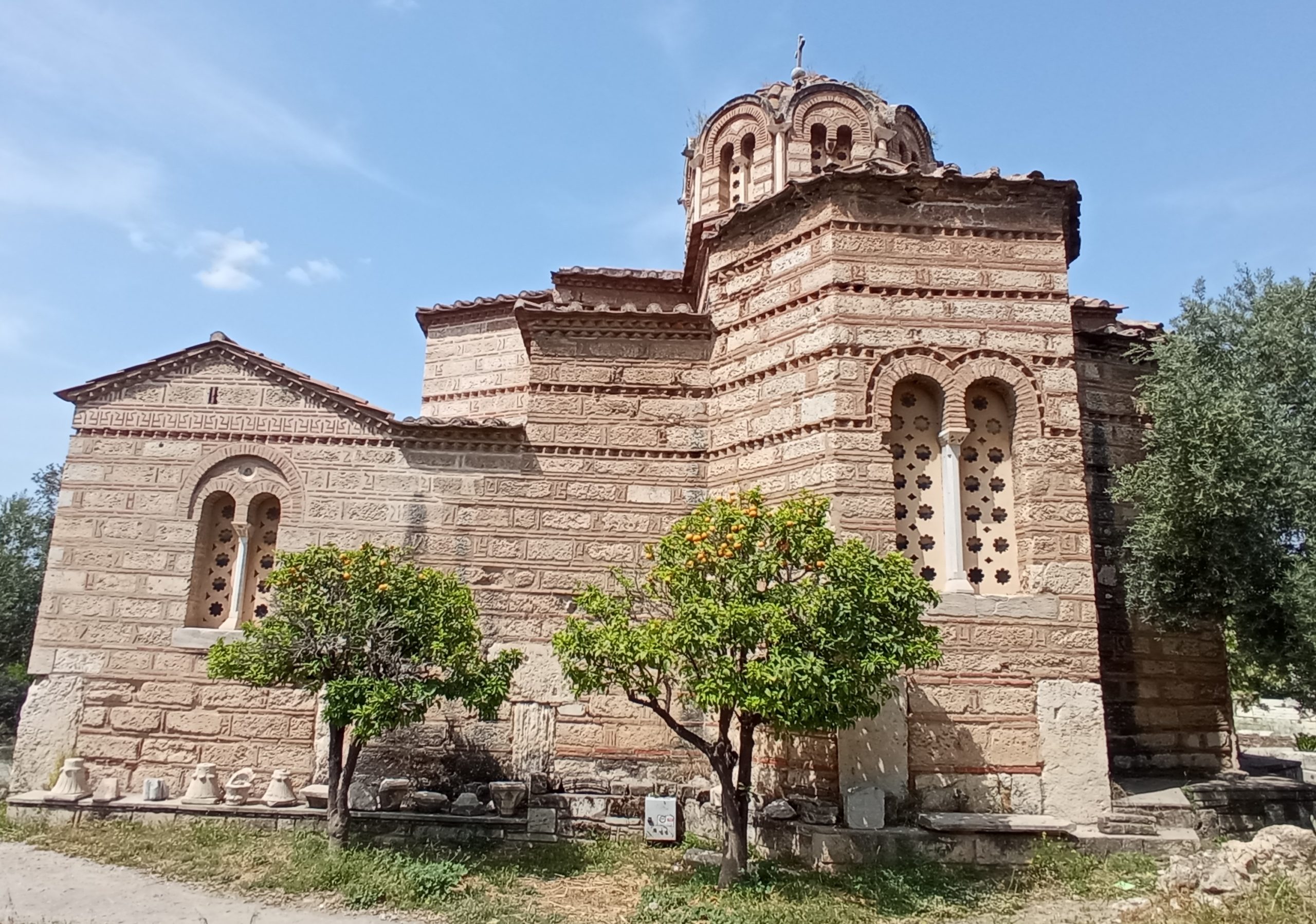The Church of the Holy Apostles, also called Holy Apostles of Solaki, is a 10th-century church located in the Ancient Agora of Athens, Greece. Along with the Temple of Hephaestus, it is one of only two intact structures still standing in the agora since their original construction.
The Church of the Holy Apostles, also known as the Holy Apostles of Solaki, is an ancient Byzantine church located in the Agora of Athens, Greece. This historic church is an important monument of Byzantine architecture and an integral part of the rich cultural heritage of Athens.
The church was built in the 10th century AD during the Middle Byzantine period. It was dedicated to the twelve apostles and was part of a larger monastery complex that included a hospital and a hostel for travelers. The church was constructed using the typical Byzantine cross-in-square plan, with a dome at the center of the structure.
Over the centuries, the Church of the Holy Apostles has undergone many changes and renovations. In the 13th century, a bell tower was added, and in the 17th century, the church was renovated in the Baroque style. During the Ottoman occupation of Greece, the church was used as a mosque and was renamed the Mosque of the Conqueror.
In the 19th century, extensive restoration work was undertaken, and the church was returned to its original Byzantine form. The restoration work was led by the Greek architect Kyriakos Pittakis, who is credited with saving the church from ruin.
Today, the Church of the Holy Apostles is a popular tourist attraction and is open to visitors. The church is known for its beautiful Byzantine architecture and its impressive collection of frescoes and mosaics. The frescoes depict scenes from the life of Christ and the apostles, and are considered to be some of the best examples of Byzantine art in Greece.
The Church of the Holy Apostles is an important part of the cultural and religious heritage of Athens. Its long and storied history is a testament to the enduring legacy of Byzantine culture and its influence on the development of Western art and architecture. A visit to this historic church is a must for anyone interested in the rich history of Athens and the Byzantine Empire.







